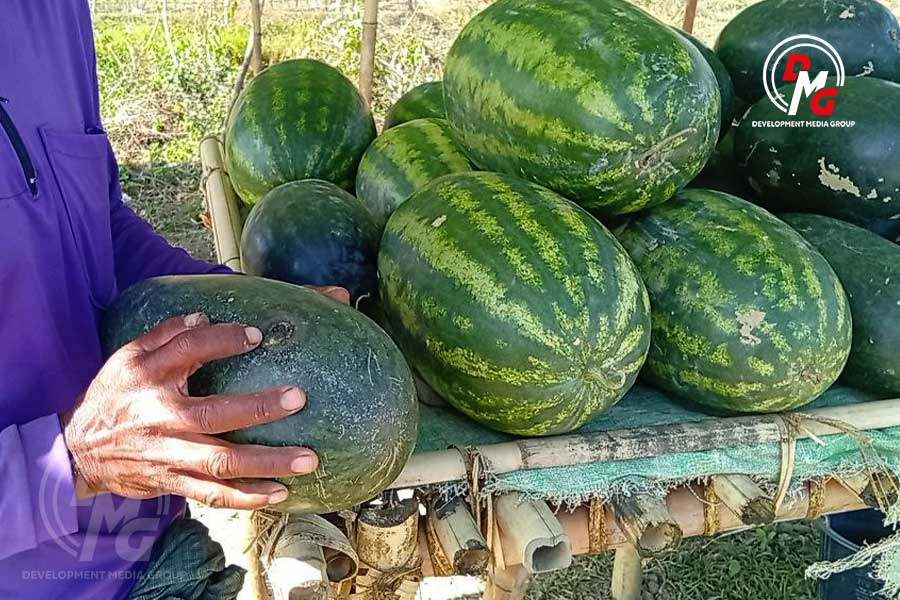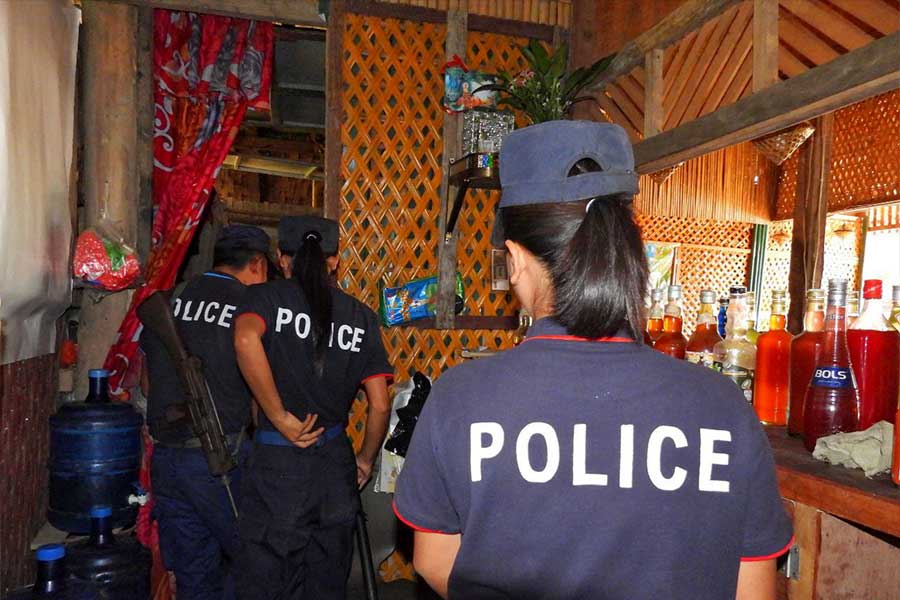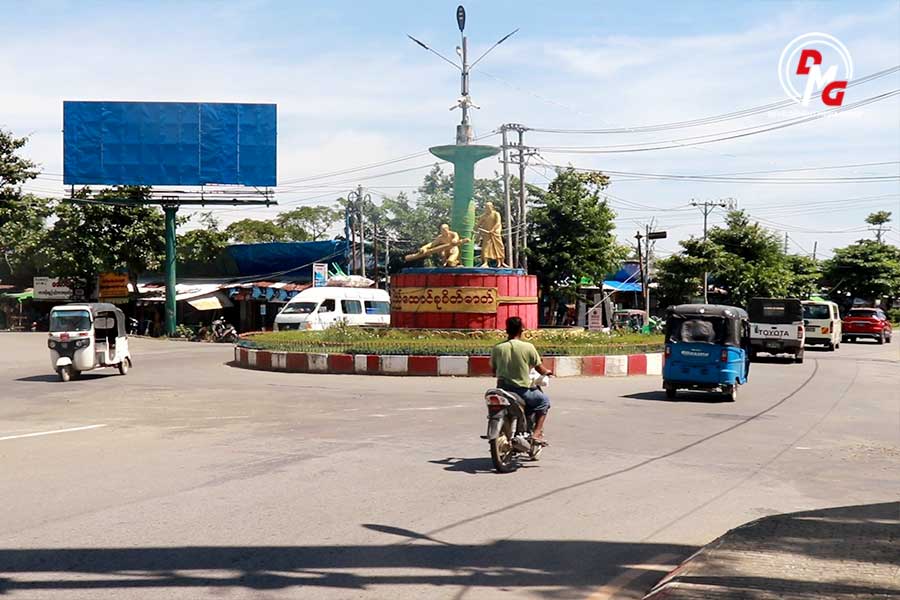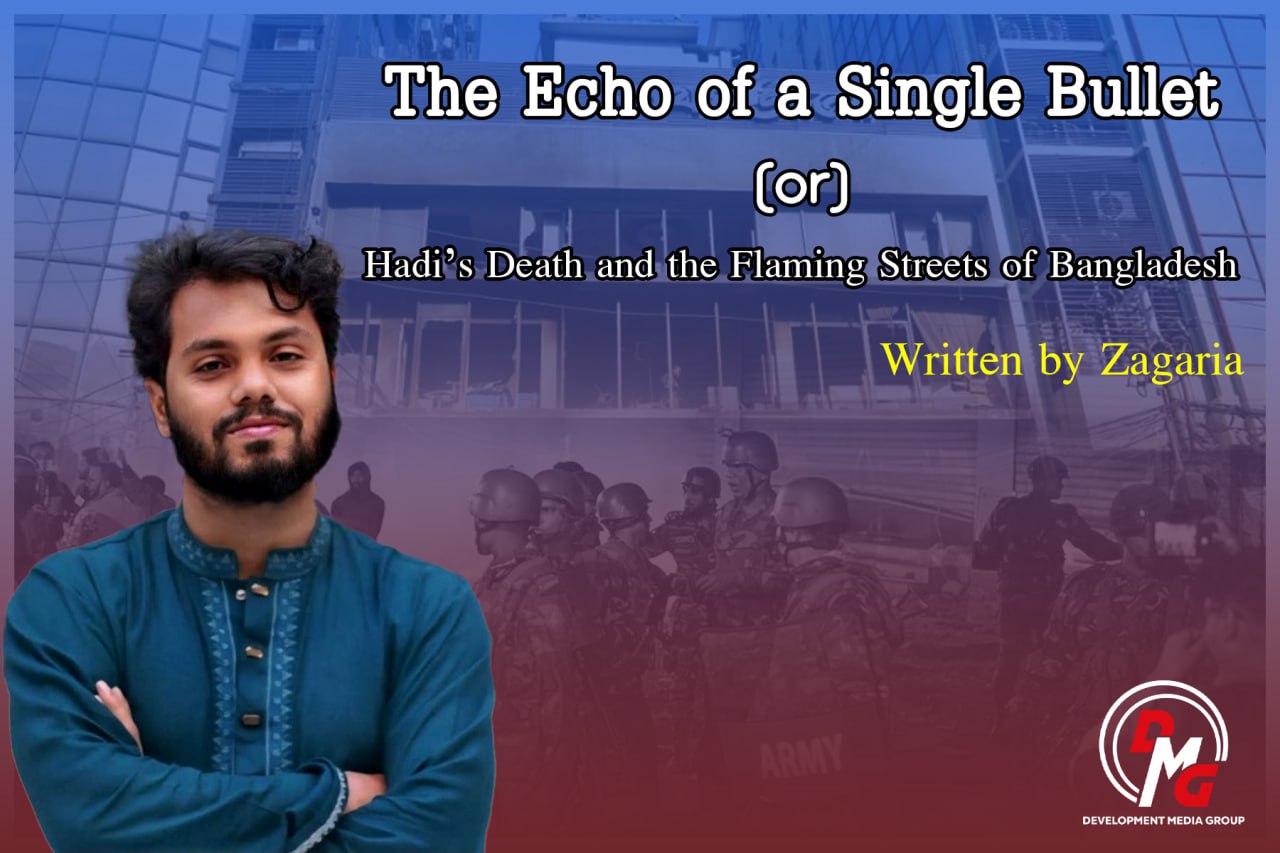- Watermelon farmers in Arakan State hit by low demand and rising costs
- Weekly Highlights from Arakan State (Dec 29, 2025-Jan 4, 2026)
- Family appeals ULA court ruling over Pauktaw village murder
- Arakan State's fishing industry struggles amid junta blockades and security threats
- Junta, AA clash near Sittwe
After Years Displaced and Facing Many Hurdles, Returnees Hope to Rebuild Tinma Village
As I ascended from the banks of the Kissapanadi River and entered Tinma Village in Kyauktaw Township, I observed a community that had markedly changed. Along the way, I saw old houses that had been burnt down or stood in disarray, while some homes were newly rebuilt, temporary dwellings.
08 Nov 2024
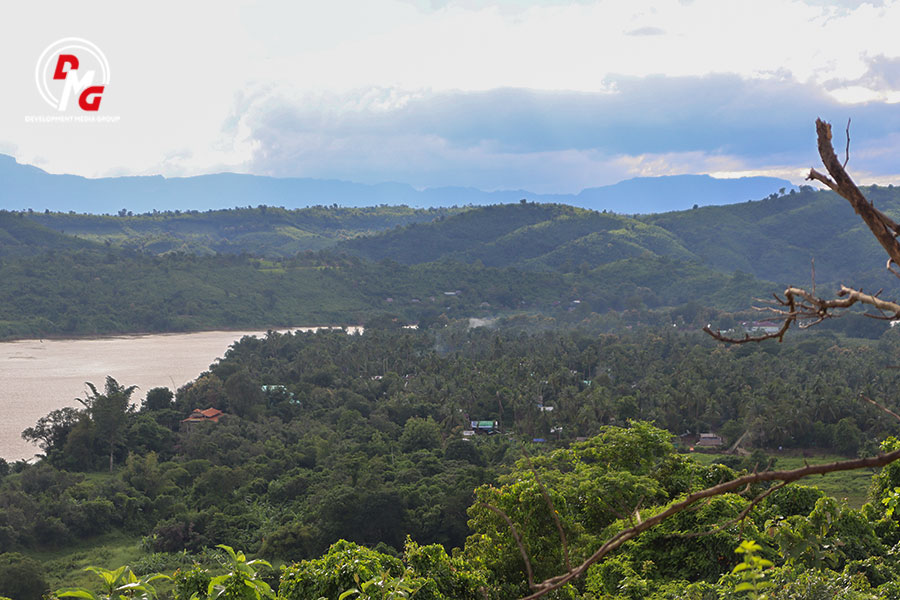
Written by Win Nyunt
As I ascended from the banks of the Kissapanadi River and entered Tinma Village in Kyauktaw Township, I observed a community that had markedly changed.
Along the way, I saw old houses that had been burnt down or stood in disarray, while some homes were newly rebuilt, temporary dwellings.
Most walkways and courtyards were overgrown as nature had reclaimed the land, with many parts of the village looking like they had been uninhabited for years. And that made sense: Much of Tinma Village was burned to the ground by Myanmar military soldiers during fighting with the Arakkha Army (AA) in 2020 and the village was emptied of its inhabitants, who joined the ranks of Arakan State's many internally displaced people (IDPs).
.jpg)
After the AA completely occupied Kyauktaw Township in February 2024, the villagers had the opportunity to return to their homes in March. The villagers who decided to return are still trying to start new lives by temporarily repairing their homes; many using just tarpaulin sheets for the time being.
"Now the houses are repaired with tarpaulin sheets that we brought from the IDP camp. We dare not go to the forest to cut down bamboo," said Daw Ma Hla Thein, one such returnee.
The Tinma villagers were forced to flee their homes in March 2020, following fighting between the military and AA. Some 130 out of more than 600 houses in the village were burnt to the ground and the village has since become a portrait of the long-running war's toll on local communities.
Residents of Tinma Village, who left the village some four years ago as IDPs, revealed that they did not even recognise their home when they returned. They said that the houses were covered with vegetation and that the village had essentially become part of the jungle.
.jpg)
"When we arrived to rebuild the village, the bushes were thick in the village, so we were worried about the danger of landmines. We entered the village after the United League of Arakan/Arakkha Army (ULA/AA) cleared the landmines," said U Maung Tha Sein, a local man.
In the past, the villagers had their own farms and cattle, and worked and ate comfortably. But with the return to Tinma, it has been difficult for the villagers to restart their past agricultural lives as they no longer have cattle or farm equipment.
In terms of livelihood, everyone in Tinma Village is said to be struggling. The villagers these days make a living by collecting bamboo shoots, hunting frogs and crabs, and fishing.
"We currently make a living by collecting bamboo shoots, catching crabs and fishing. We sell bamboo shoots, fish and crabs to buy food," said Daw Ma Win Kyi, a local woman.
A Legacy of Conflict
The AA clashed with the military near Kyauktaw Township's Meewa Village and Mt. Taungshae in March 2020, with those hostilities spanning more than 40 days.
Villagers said thousands of junta soldiers were stationed at Mt. Taung Shae near Tinma Village during the fighting. In addition, the junta soldiers arrested and tortured villagers on suspicion of AA affiliation, and seized and ate the villagers' chickens and goats.
Eighteen Tinma villagers were abducted by the military and they have not been seen or heard from since. The AA seized a junta tactical command base on Mt. Taung Shae on January 6, 2024.
.jpg)
The junta tactical command base on Mt. Taung Shae was an important military base for the regime, and it is also the location from which weapons and ammunition were sent to nearby military bases.
Landmines were reportedly planted when junta soldiers were stationed at a junta tactical command base on Mt. Taung Shae.
Landmines can still be found everywhere, and the locals face significant risk as a result, being highly dependent on the forests for their livelihoods.
"We dare not go to the forest because there are military outposts near the junta tactical command base on Mt. Taung Shae. There are landmines and unexploded ordnance in the forest," said U Soe Thein, a local man.
Health and Education Woes
In 2020, U Soe Thein took refuge at a displacement camp near a railway station in Kyauktaw but now he, along with his family, have returned to Tinma Village. He and the other villagers are also having difficulties in the health sector, with their most basic medical needs going essentially unmet.
Tinma Village previously had a rural healthcare centre (also known as a cottage hospital) and healthcare workers, so the residents were comfortable with their situation to a certain extent. At present, there are no such healthcare facilities in Tinma Village, so the lives of emergency patients are in danger, residents say.
"In the past, the locals were comfortable with health issues. Now, there are no health workers in the village, so the locals are treating them. Locals are sometimes treated by fake doctors," said Ma Than Than Saw, a nurse aid in Tinma Village.
Tinma's cottage hospital was damaged due to vandalism by junta soldiers. Currently, Tinma and nearby villages are facing a lack of healthcare facilities and doctors, as well as medicine shortages. Because it is the tail end of the rainy season, malaria and dengue fever infections are a concern among the locals, in some cases resulting in deaths.
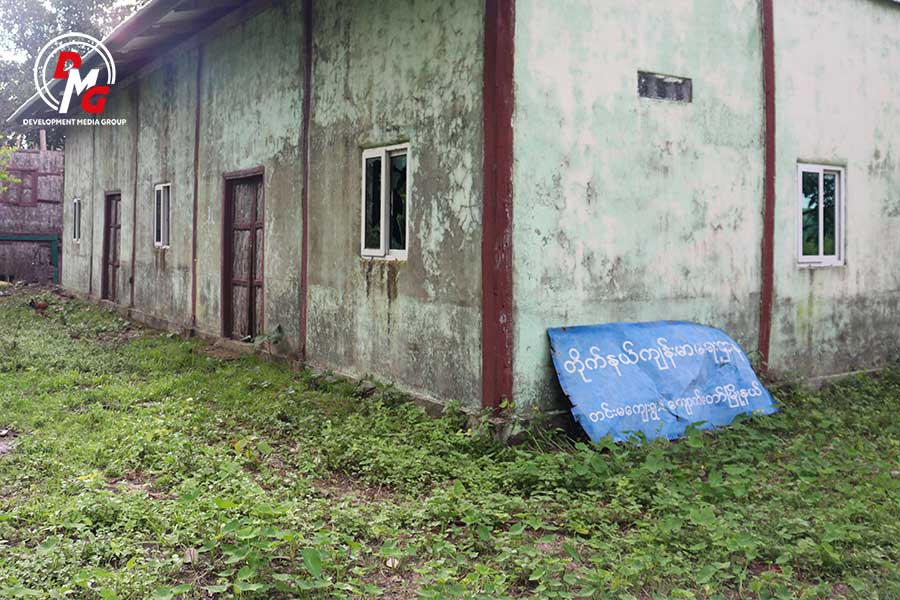
Even if they go to Kyauktaw Town for medical treatment, the locals say that it is not as easy as one might think due to the rising costs of food and fuel. Similarly, in the education sector, schools have been destroyed, so children are having difficulty learning.
"The children did not go to school in the displacement camps. Now that the children have come back to the village, they still cannot learn because the school is not open. Children suffer a lot from [lack of formal] education. That's why we are teaching children to read and write," said Daw Sein Win Phyu, a volunteer teacher.
A Long Road to Return and Rehabilitation
The Tinma villagers, who are facing many challenges in various sectors such as livelihood, health and reconstruction, are clearly in need of assistance. As for the AA, the villagers are hoping to receive aid in the reconstruction of Tinma Village.
.jpg)
Without additional help from international or civil society organisations, Tinma Village will take years if not decades to recover, residents fear.
"There are some villagers who have yet to rebuild their homes. Without the aid organisations, it will take at least another six years to rebuild Tinma Village," said U Wayameinda, the abbot of the village monastery.
U Soe Thein said the Tinma villagers once had no hope of returning to their homeland, but now that they have returned, they are both happy and sad.
"We thought that we wouldn't be able to return home. We had been told by military officers, 'You'll never return home.' When we returned to our village, we were so happy," he added, while noting the significant hardships that have greeted them upon their return. "I also pray for the IDPs who have not been able to return, that they might make it home as soon as possible."




